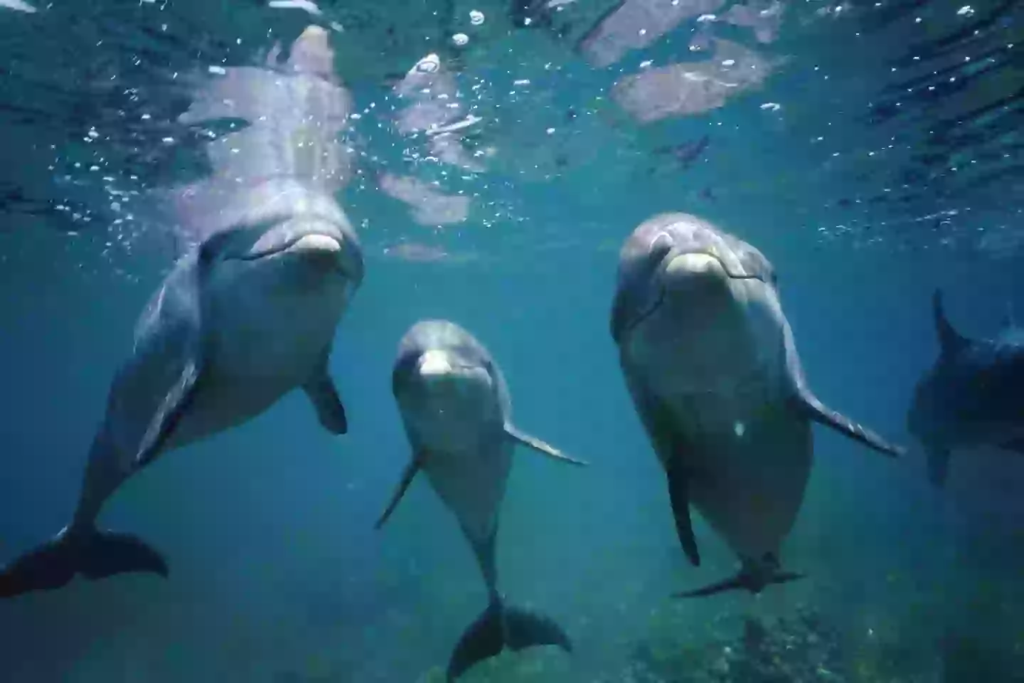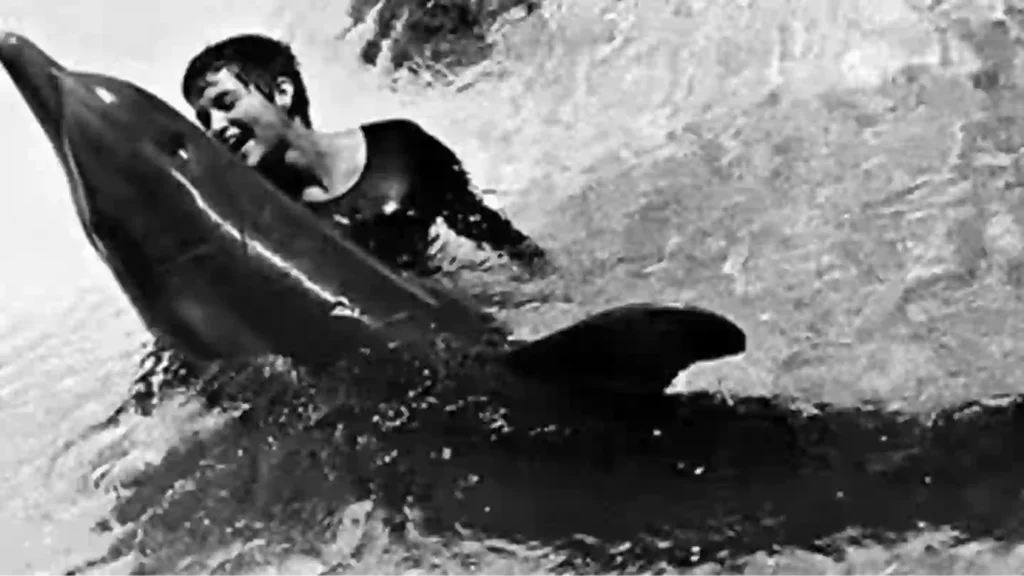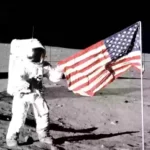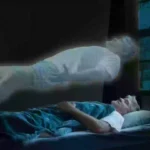To say that things went horribly wrong is quite the understatement
NASA provides funding for various projects around the globe, but it’s doubtful they foresaw the potential fallout from this particular experiment.
In the 1960s, Margaret Howe Lovatt from St. Thomas, U.S. Virgin Islands, became integral to an unusual yet seemingly ‘normal’ study involving dolphins.
In her early twenties, she relocated to the island, drawn by the presence of a lab filled with dolphins, eager to contribute to their research.
Despite having no scientific background—self-identifying as a naturalist—she charmed the lab’s director, Gregory Bateson, and was invited back after serendipitously visiting.

NASA were funding the dolphin experiments before funding was cut(Getty Stock Image)
While at the lab, she met neuroscientist John Lilly, who was developing a research facility funded by NASA and the U.S. Navy with the aim of communicating with extraterrestrial beings.
As a precursor to this, Lilly constructed a dolphin habitat filled with water, referred to as the ‘Dolphinarium.’
He housed three dolphins there: two females, Sissy and Pamela, and a younger male bottlenose named Peter.


